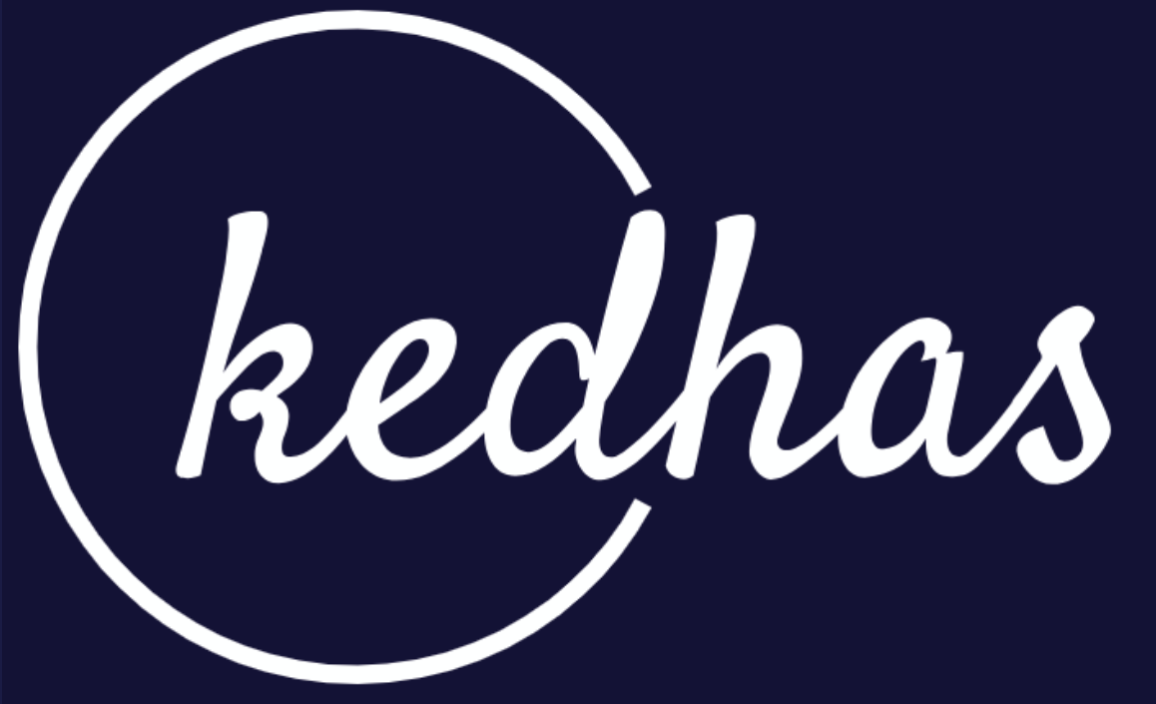Semantic HTML and Structuring Content
In this topic, we'll explore the concept of semantic HTML and how it plays a crucial role in improving the structure, accessibility, and clarity of your web content. You'll discover a set of semantic elements like `<header>`, `<nav>`, `<article>`, and `<footer>` that provide meaningful organization to your web pages.
Understanding Semantic HTML
Semantic HTML refers to the use of HTML elements that carry specific meanings or semantics. These elements not only define the structure of your web page but also convey the intended purpose of different sections, making your content more understandable to both humans and machines.
Semantic Elements
-
<header>: The<header>element represents the introductory content of a section or a page. It typically contains headings, logos, and navigation menus. -
<nav>: The<nav>element defines a section of navigation links, such as menus or lists of related links. -
<article>: An<article>element represents a self-contained piece of content that can be independently distributed or syndicated. It's often used for blog posts, news articles, or forum posts. -
<footer>: The<footer>element contains information about its containing element or section, such as authorship, copyright, or contact details.
Benefits of Semantic HTML
-
Accessibility: Semantic HTML improves accessibility for users with disabilities by providing meaningful context and structure to assistive technologies like screen readers.
-
Search Engine Optimization (SEO): Search engines use semantic HTML to better understand the content and context of your web pages, potentially improving your search engine rankings.
-
Maintenance: Semantic HTML makes it easier to maintain and update your web pages, as the structure is clear and organized.
Practice Exercise
To practice using semantic HTML, revisit your previous HTML documents and identify opportunities to enhance them with semantic elements. Try incorporating <header>, <nav>, <article>, and <footer> where applicable to improve the overall structure and accessibility of your content.
With semantic HTML, you'll not only create more accessible websites but also enhance the user experience and SEO performance of your web pages.
Book a conversation with us for personalize training today!

